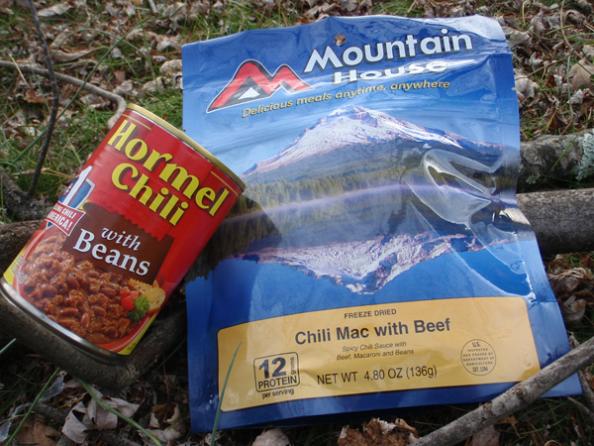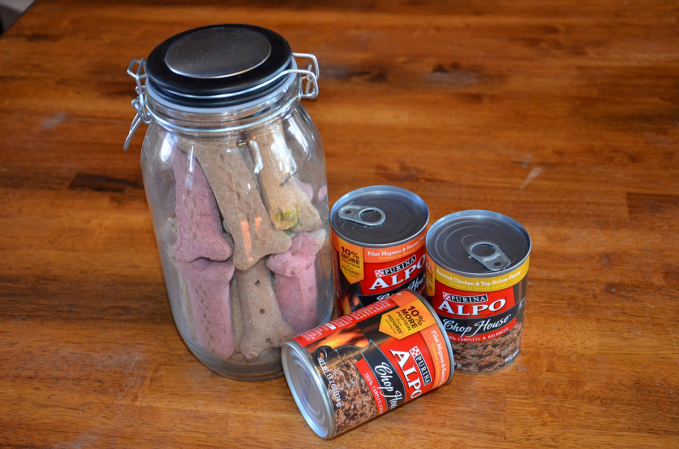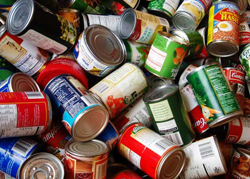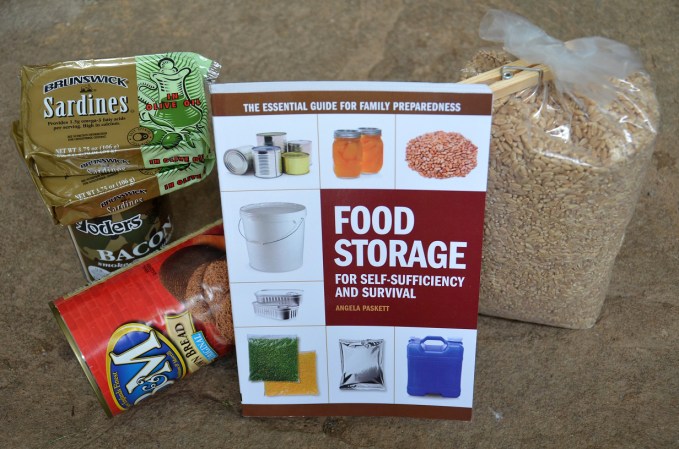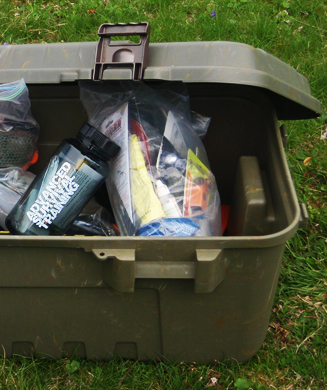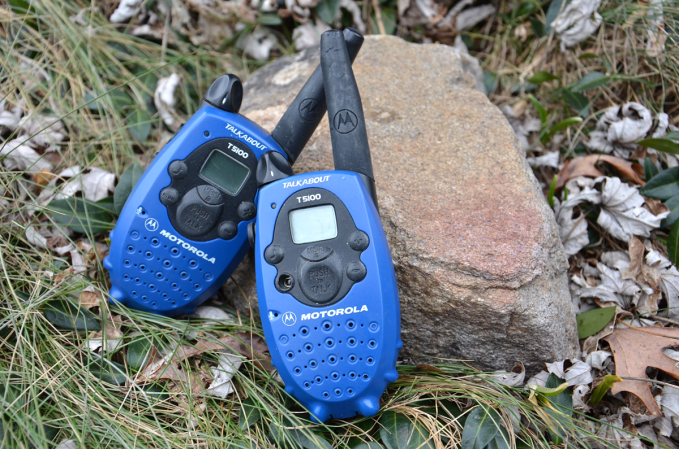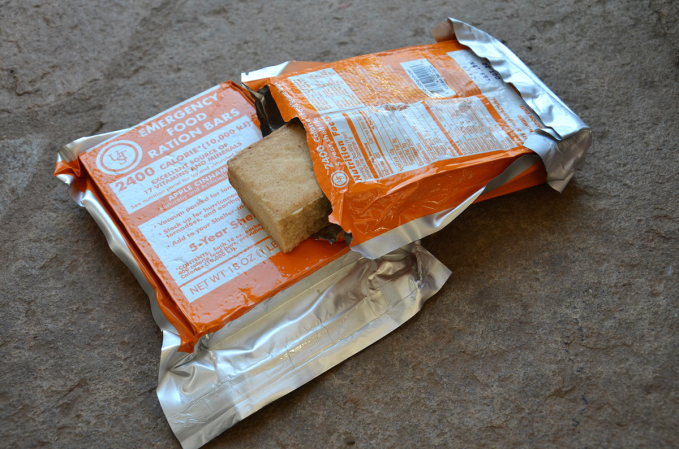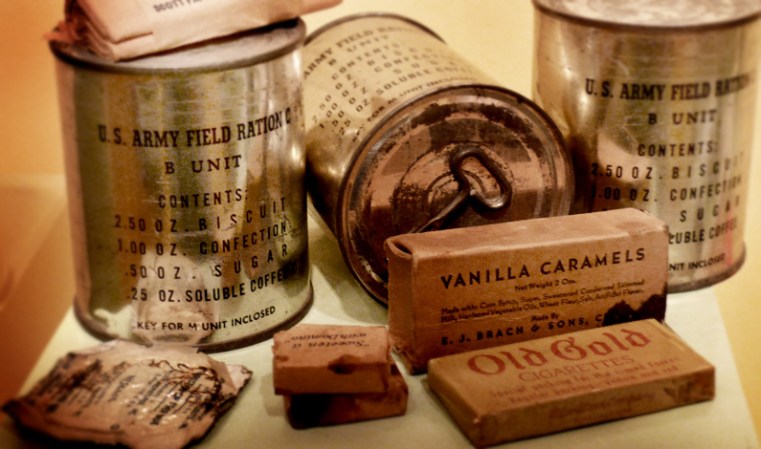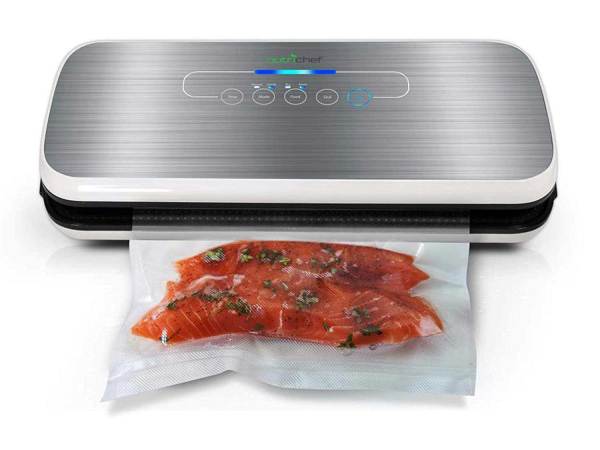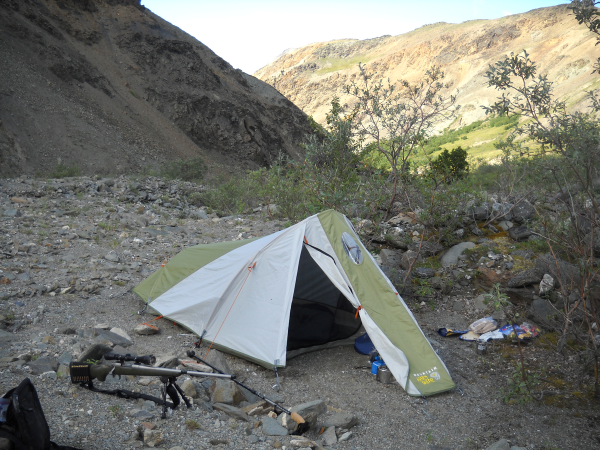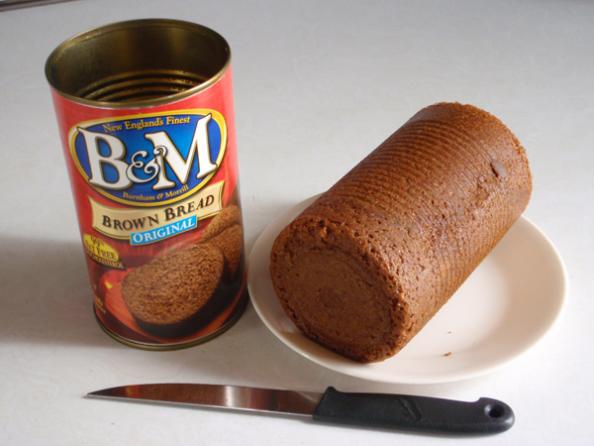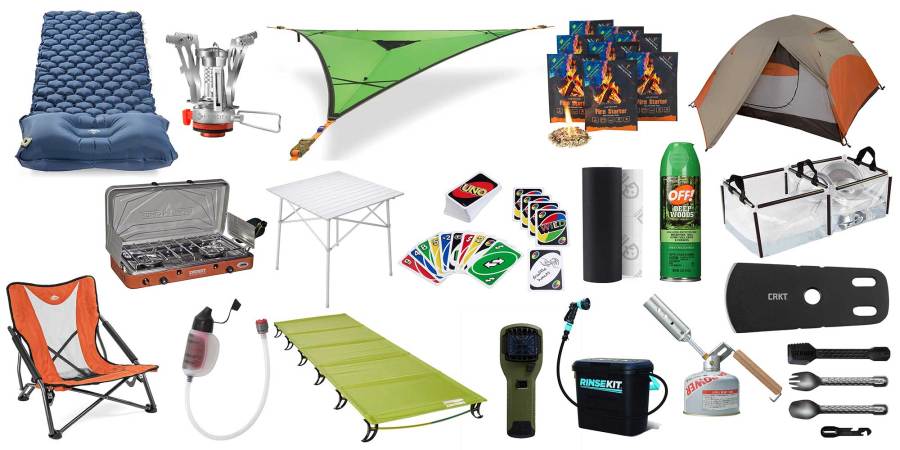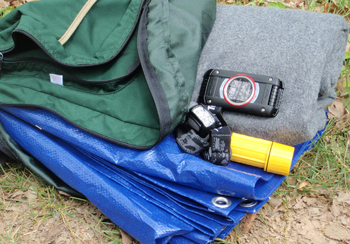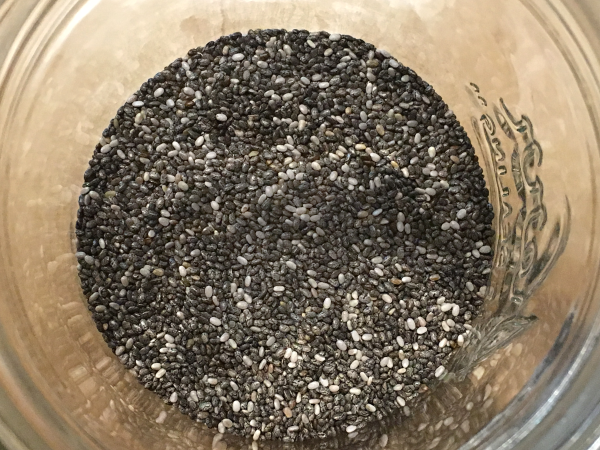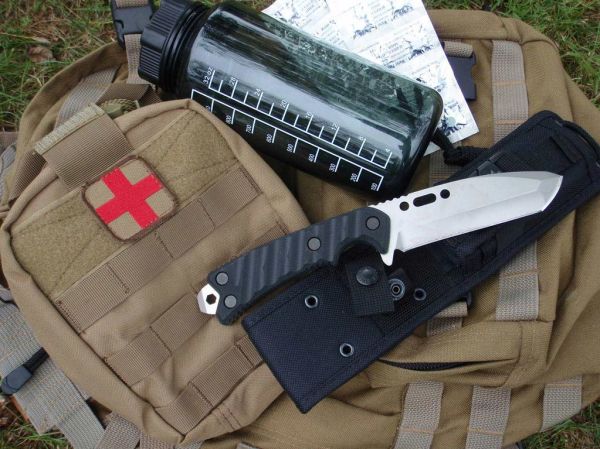We may earn revenue from the products available on this page and participate in affiliate programs. Learn More ›
Buying a large volume of food is a serious investment in your survival. It can also be a bad investment if no emergency comes and you are stuck eating hundreds of meals that you find nauseating. There are plenty of food storage options out there for purchase, ranging from historic preservation methods to the latest technology. Let’s look at the pros and cons of the two most popular food storage systems–freeze-dried and canned–to determine which is the better preservation method for you.
The Pros of Freeze Dried
The process of freeze drying food and medicine is time-tested. Medicines were freeze dried in World War II for stable transport, and freeze dried meals have been around for decades. The two primary benefits of going the freeze dried route with your survival meals are that 1.) The meals are lightweight and 2.) They have a long shelf life. With the weight of water removed, most meals are a fraction of the weight of the original food. This is ideal for backpacking and bugging out. The careful packaging of freeze dried goods will keep the food safe and edible for many years. A side benefit from this drying process is the improved preservation of vitamins and other nutrients over the damaging heat of the canning process.
The Cons of Freeze Dried
The two biggest cons of freeze dried food are the price and the fact that preparation is required for most foods. Freeze dried food can cost as much as $8 a meal. This can add up fast if you are purchasing for a large group or for a long span of time. And while some dried meals and foods are ready-to-eat or just need cold water, most meals need hot water. This means you have to get a cooking source fired up, heat some water, and wait for the food to cook or properly rehydrate. The packaging is also more vulnerable to rodents and insects than cans. Unless you are ordering from a manufacturer, you may have a hard time finding the meals and foods you are looking for, as most stores do not sell that many freeze dried foods.
The Pros of Canned
Availability, cost, and durability are the three main perks of going with canned foods. Any grocery store in the land will supply us with cans of chili, soup, meat, fish, and even canned bread and crackers. The cost is about one third the price of freeze dried food (per meal, on average). The cans are also rodent and insect proof.
The Cons of Canned
Canned food is heavy, it doesn’t last as long as freeze dried food, and many vitamins are destroyed by the heat used in canning the food. You also need a can opener unless you are dealing with a pop-top can, which is less durable than a regular can. Another problem is that cans will burst if frozen severely enough. This makes canned food a bad choice for winter survival food in a vehicle.
So Which Do You Buy?
For most disaster preparedness scenarios, I recommend a mixture of freeze dried and canned food. You cover more bases by diversifying. For example, if rats get into your freeze dried pouches, at least the cans are still good. If the temperature unexpectedly dips below freezing, the freeze dried pouches will be unharmed while the cans may be bursting. Going with just one strategy can make sense if you know what will happen at your storage site. Go with freeze dried if you know it will freeze. Go with canned if it will always be above freezing, but the food containers could be breached by animals. If you have a remote cabin or rarely visited site in a cold area, you can also “double-up” your security by placing freeze dried pouches in a tightly sealed metal cans or metal boxes. This takes care of both the critters and the cold.
Do you prefer one method over the other? Let us know in the comments.
